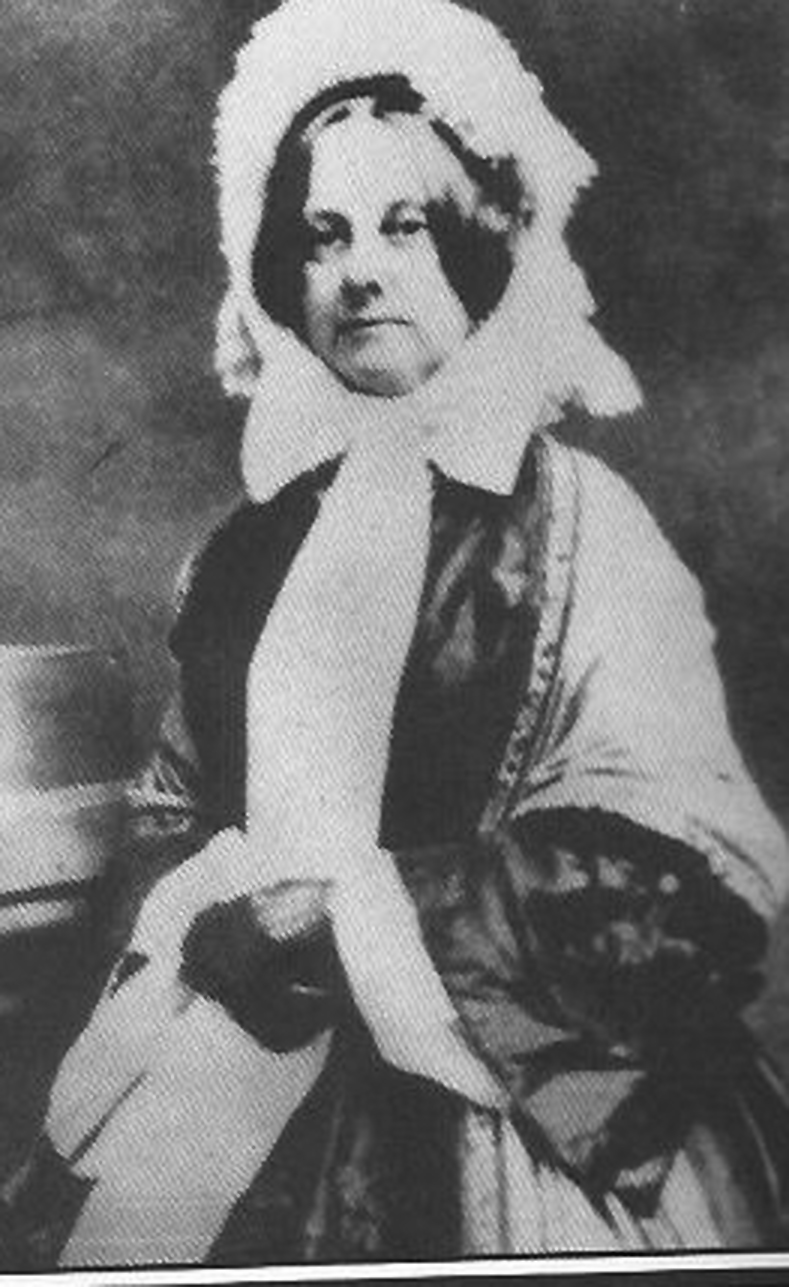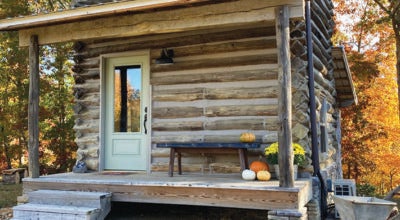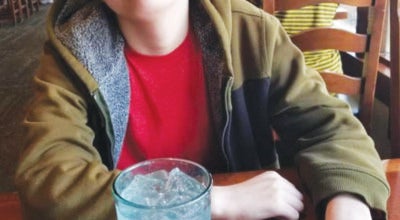First Ladies: Abigail Fillmore not fond of the role
Published 11:18 am Thursday, February 11, 2021
|
Getting your Trinity Audio player ready...
|
By Betty Etchison West
Pino/Cana Correspondent
Abigail Fillmore, the wife of the13th President of the United States, was the first First Lady to hold a paying job outside of her home after her marriage. Abigail was a teacher who loved teaching. That sounds like the present First Lady, Dr. Jill Biden, who is also a teacher. Dr. Biden loves teaching so much that she says she is going to continue teaching while handling the duties of First Lady. Time will tell whether she will be able to manage both jobs.
Abigail Powers was born in 1798. Her father was a prominent Baptist preacher, who died shortly after Abigail’s birth. Being short of money, Mrs. Powers decided to move her family west where she had family and where she thought her family could live cheaper. When Pastor Powers died, he didn’t leave much money, but he left his family many books. Abigail’s mother used those books to educate her children at home. They actually received more education than many children of that era. Abigail became a teacher, who taught at an Academy.
Millard Fillmore’s family was very poor. In fact, the Fillmore family was so poor that they had to move into a small log cabin with an aunt and uncle. That cabin was miles from the nearest neighbor, and, of course, there were no schools that Millard could attend. Millard was eager to learn, but he had little opportunity. When he was older, he did manage to go to the academy in New Hope, N.Y. Because of his late start, he was still in school when he was 19 years old. At that time, his teacher was 21-year-old Abigail Powers. Millard had great admiration for Miss Powers, and she was pleased with Millard’s eagerness to learn. That love of learning evidently brought the two into a closer relationship.
Abigail’s family did not really approve of the relationship because of Millard’s background. Millard was determined to get the education and attain the status necessary to gain Abigail’s family’s approval. During an eight-year engagement, Millard continued his education. He went all the way through law school. After he had passed the bar exams, he and woman, who he had loved so long, were married at the home of Abigail’s brother, Judge Powers.
The Fillmores lived in Aurora, N.Y. Abigail continued teaching until her son was born in 1828. Mr. Fillmore’s career continued to advance. He served in the New York Assembly, and, by 1830, his law practice was lucrative enough for the family to buy a new house in Buffalo, N.Y. The family moved from Aurora, which is in the Finger Lakes region, to Buffalo. In 1932, the Fillmores’ daughter, Mary Abigail, who was called Abby, was born. (That was exactly 100 years before Betty Etchison was born,)
Mr. Fillmore was elected to serve as a Representative in the U.S. Congress. He served from 1833-1835 and from 1837-1843. Mrs. Fillmore went with him to Washington. She often advised him concerning congressional matters. She also spent much time reading—her love of books and interest in music never wavered.
In 1847, Mr. Fillmore became the Comptroller of the state of New York. The family moved to the state capital, Albany. Then in 1848, Fillmore was chosen by Zachary Taylor to run as his vice president. The Taylor-Fillmore ticket was elected. Much to everyone’s dismay, President Taylor died after he had served as President for only 16 months. Millard Fillmore, who was probably as stunned as anyone by the death of the President, became the 13th President of the United States.
Abigail Powers Fillmore moved with her husband into the White House. She served as hostess at state dinners and at other functions when she just had to do so, but it was not a role that she enjoyed. At times, Mrs. Fillmore asked her daughter, Abby, to serve as hostess. The First Lady much preferred to spend her time reading and enjoying music. She also still kept up with political matters and often gave her husband advice—advice, which he did not always take.
When Abigail Fillmore moved into the White House, she was amazed to find that there was no library. She set out to change that situation. She asked Congress and was appropriated $2,000 for a library Abigail began buying books that she considered a necessity for a library. She chose the upstairs oval room in the White House for the library, and she arranged the books there. The White House Library was/is Abigail Fillmore’s greatest contribution as First Lady—to this day she is honored for it.
Mr. Fillmore was not nominated to run for president in 1852, probably because he signed the Fugitive Slave Act, which by the way, his wife advised him not to sign. Franklin Pierce was elected as the 14th President of the United States.
The former President Fillmore and his wife went to Pierce’s inauguration. They sat outside in the cold with the wind blowing snow for a long time during the ceremony. After that exposure, Abigail took pneumonia. She died a few weeks later at the Willard Hotel in Washington where the family was staying after they left the White House. Abigail’s body was taken back to Buffalo for burial.
There are two sites in the Finger Lakes Region of New York connected to the Fillmores that are open for visitors. The first is a replica of the log cabin where Millard Fillmore grew up. It is a two-room cabin furnished with items appropriate to the era when the Fillmores lived there. There is also the house in Aurora, which Millard Fillmore helped build. It is said to be the only house which was actually built by a man who became president. The house has some pieces of furniture owned by the Fillmores and other pieces which the Fillmores used at the White House including: a bookcase used by Mr. Fillmore; Mrs. Fillmore’s square rosewood piano; and a harp, which was played by the Fillmores’ daughter, Abby. The property is now administered by the Aurora Historical Society and is open from June to October.






